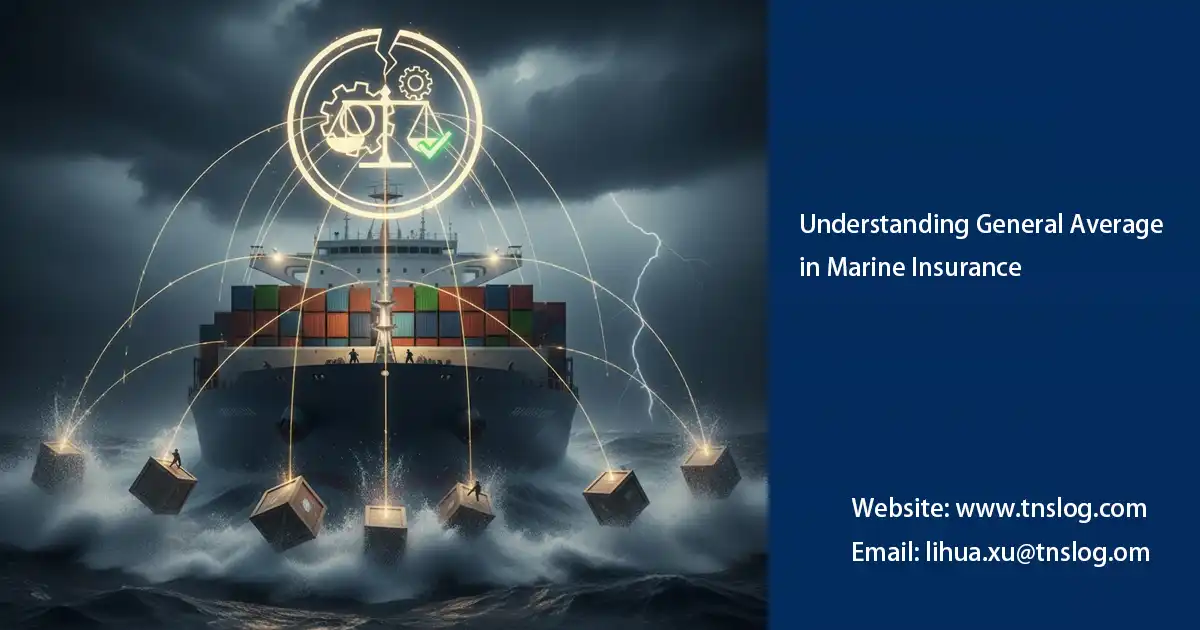Marine Insurance for Dangerous Goods | Definitive Guide
Transporting dangerous goods—whether chemicals, flammable liquids, or other hazardous materials—requires careful planning and comprehensive insurance. Are you confident your shipment is fully protected against the risks of handling, storage, and transit? Marine insurance for dangerous goods is not just regulatory compliance; it’s a critical safeguard for your business continuity and financial security.

Definition of Dangerous Goods
Legal Requirements and Restrictions
Types of Coverage Available
Insurance for dangerous goods is more specialized than standard marine cargo insurance. Policies typically cover:
- Physical Damage: Protects against fire, explosion, spillage, or container damage.
- Third-Party Liability: Covers damage to the vessel, other cargo, or port facilities caused by hazardous materials.
- Delay and Contingency Risks: Some policies offer compensation for delays or losses due to regulatory inspections or re-routing requirements.
For a detailed overview of available marine insurance types, refer to “Overview of Main Types of Marine Cargo Insurance“.
How to Choose Marine Insurance for Dangerous Goods
Selecting the right policy involves more than simply adding insurance to your shipment. Key considerations include:
- Cargo Classification: Correctly identifying your cargo according to the IMDG code ensures your policy covers all risks.
- Coverage Scope: Ensure the policy includes both physical damage and liability risks unique to hazardous materials.
- Insurer Expertise: Choose insurers or freight forwarders experienced with dangerous goods; they can provide guidance on risk management, packaging requirements, and claim handling.
Partnering with an experienced freight forwarder adds value by streamlining insurance selection, ensuring compliance, and optimizing risk mitigation strategies. Learn how freight forwarders enhance cargo insurance effectiveness in “How Freight Forwarders Add Value with Cargo Insurance?”
Handling Claims and Risks
Claims involving dangerous goods can be complex due to strict regulatory oversight. To facilitate smooth claims:
- Maintain thorough documentation, including shipping papers, MSDS (Material Safety Data Sheets), and insurance certificates.
- Follow recommended packaging, labeling, and storage protocols.
- Work closely with your insurer or freight forwarder to submit accurate and complete claim reports.
Proactive risk management, combined with a comprehensive insurance policy, ensures that even in the event of fire, spillage, or regulatory delays, your business is protected and losses are minimized.
Conclusion: Safeguard Your Dangerous Goods with the Right Insurance
Marine insurance for dangerous goods is essential for any business transporting hazardous cargo. Proper coverage protects not only the shipment but also your company’s financial and legal standing. Partnering with experienced freight forwarders ensures compliance, optimized risk management, and efficient claims handling, giving you peace of mind throughout the transportation process.
You may also be interested in
Have Anything To Ask Us?
Please fill in your email in the form and we’ll get back to assist you soon!




